

Compact Muon Solenoid
LHC, CERN
| CMS-SUS-10-009 ; CERN-PH-EP-2011-099 | ||
| Inclusive search for squarks and gluinos in pp collisions at $\sqrt{s}$ = 7 TeV | ||
| CMS Collaboration | ||
| 8 July 2011 | ||
| Phys. Rev. D 85 (2012) 012004 | ||
| Abstract: A search is performed for heavy particle pairs produced in sqrt(s) = 7 TeV proton-proton collisions with 35 inverse picobarns of data collected by the CMS experiment at the LHC. The search is sensitive to squarks and gluinos of generic supersymmetry models, provided they are kinematically accessible, with minimal assumptions on properties of the lightest superpartner particle. The kinematic consistency of the selected events is tested against the hypothesis of heavy particle pair production using the dimensionless razor variable R, related to the missing transverse energy. The new physics signal is characterized by a broad peak in the distribution of MR, an event-by-event indicator of the heavy particle mass scale. This new approach is complementary to missing transverse energy-based searches. After background modeling based on data, and background rejection based on R and MR, no significant excess of events is found beyond the standard model expectations. The results are interpreted in the context of the constrained minimal supersymmetric standard model as well as two simplified supersymmetry models. | ||
| Links: e-print arXiv:1107.1279 [hep-ex] (PDF) ; CDS record ; inSPIRE record ; Public twiki page ; CADI line (restricted) ; | ||
| Figures | |

png pdf |
Figure 1-a:
|
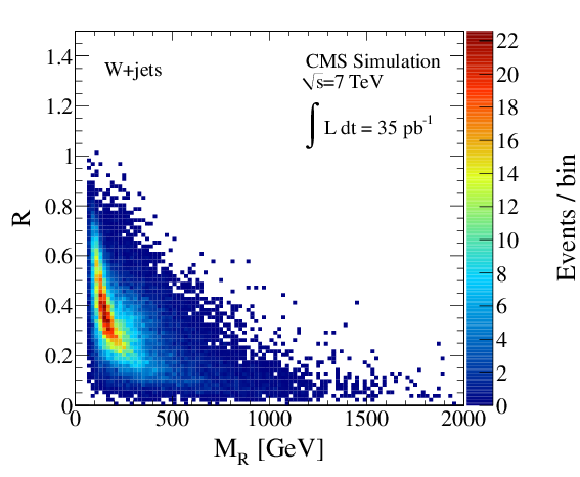
png pdf |
Figure 1-b:
|
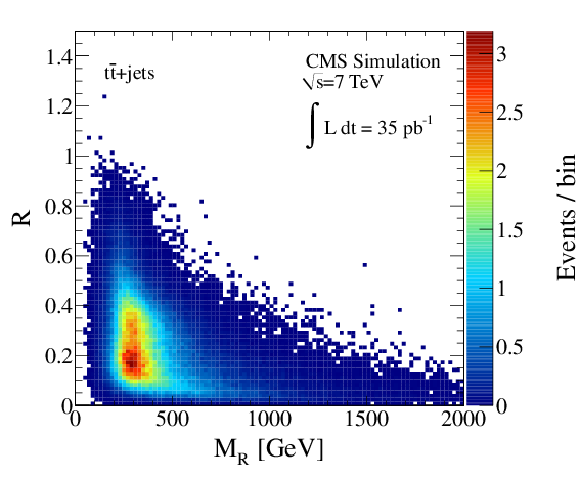
png pdf |
Figure 1-c:
|

png pdf |
Figure 1-d:
|

png pdf |
Figure 2-a:
|

png pdf |
Figure 2-b:
|

png pdf |
Figure 3-a:
|
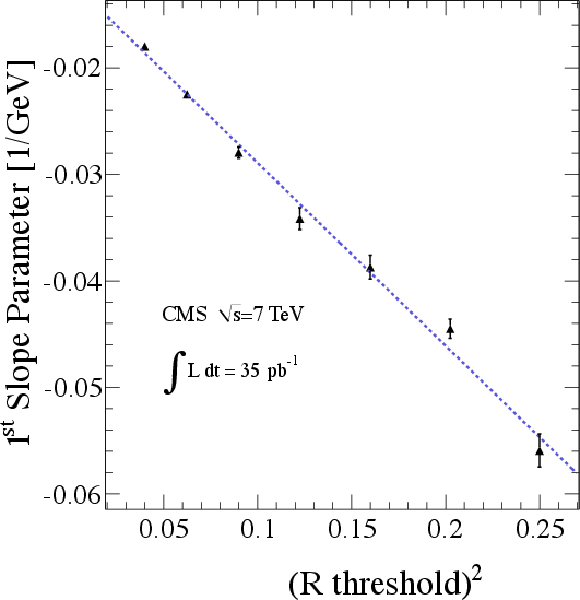
png pdf |
Figure 3-b:
|

png pdf |
Figure 3-c:
|
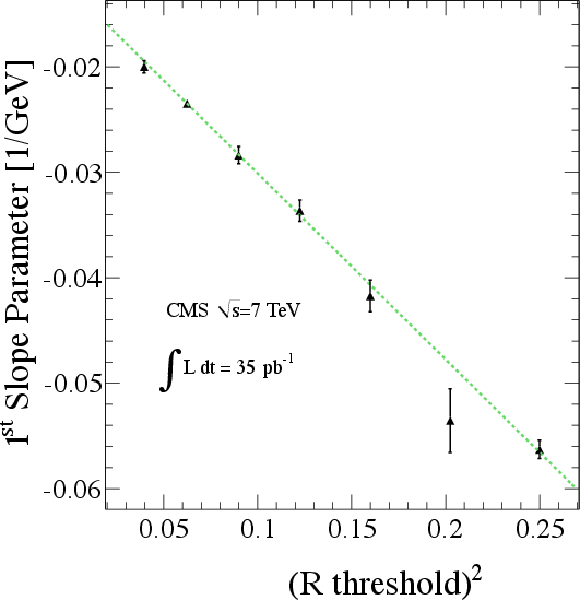
png pdf |
Figure 3-d:
|

png pdf |
Figure 4-a:
|
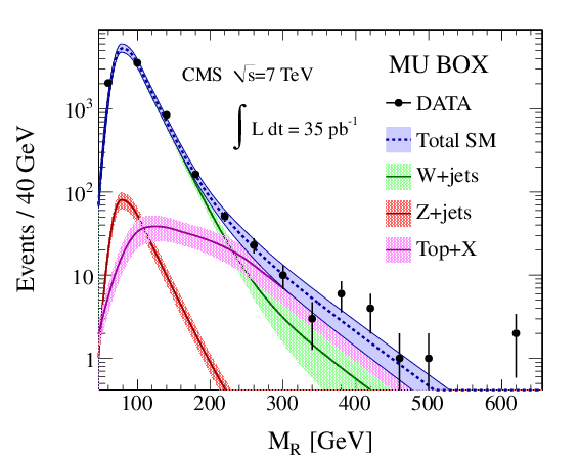
png pdf |
Figure 4-b:
|

png pdf |
Figure 5-a:
|

png pdf |
Figure 5-b:
|

png pdf |
Figure 6:
|
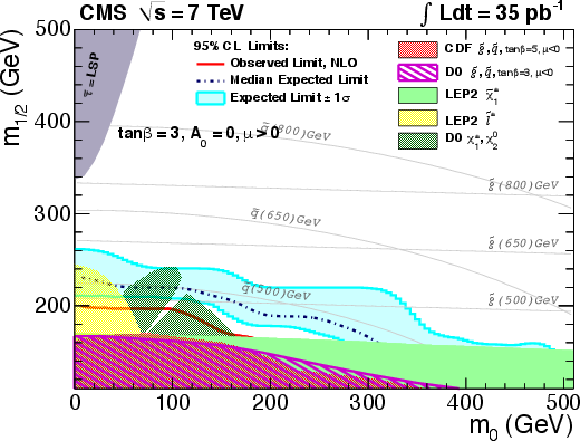
png pdf |
Figure 7:
|
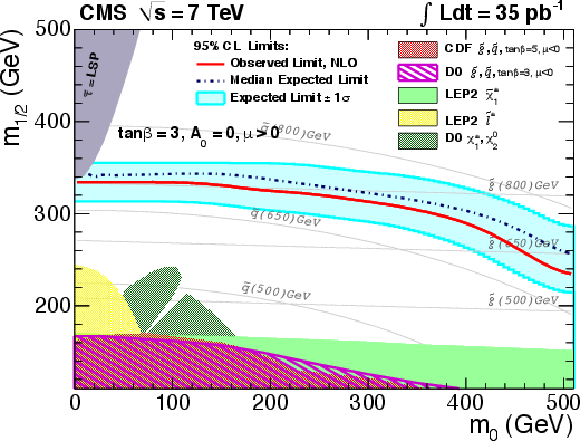
png pdf |
Figure 8:
|
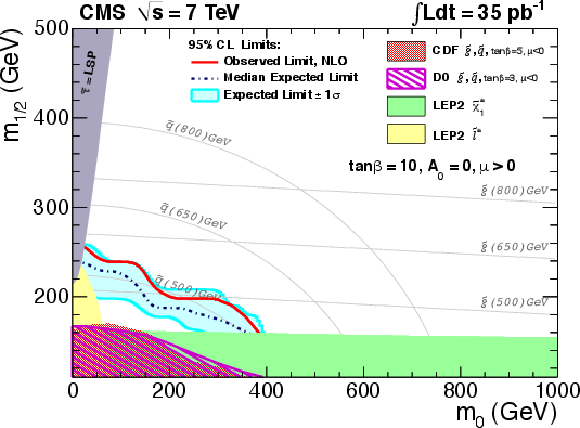
png pdf |
Figure 9:
|

png pdf |
Figure 10:
|

png pdf |
Figure 11:
|
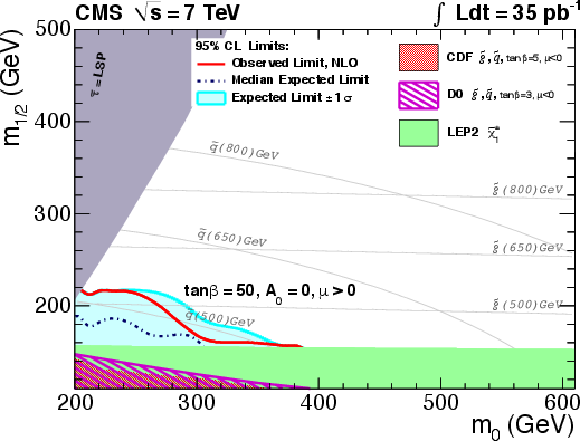
png pdf |
Figure 12:
|
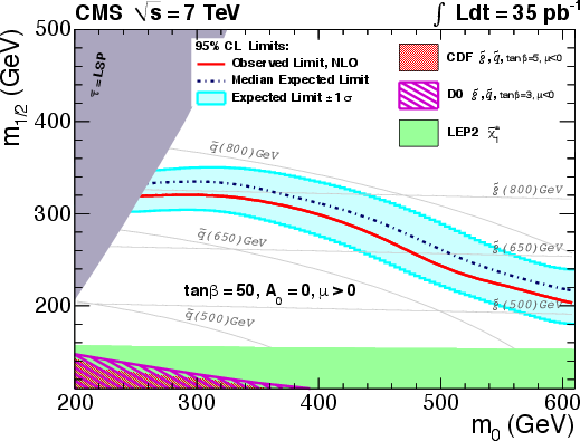
png pdf |
Figure 13:
|
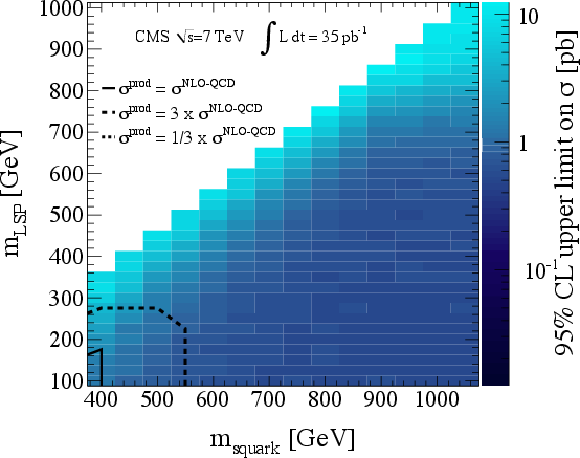
png pdf |
Figure 14-a:
|
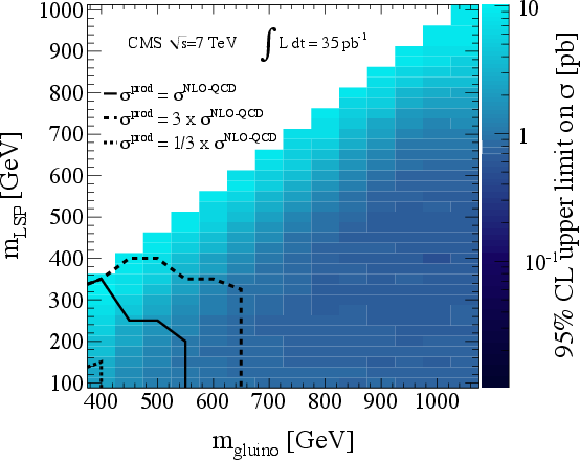
png pdf |
Figure 14-b:
|

|
Compact Muon Solenoid LHC, CERN |

|

|

|

|

|

|